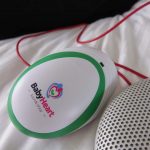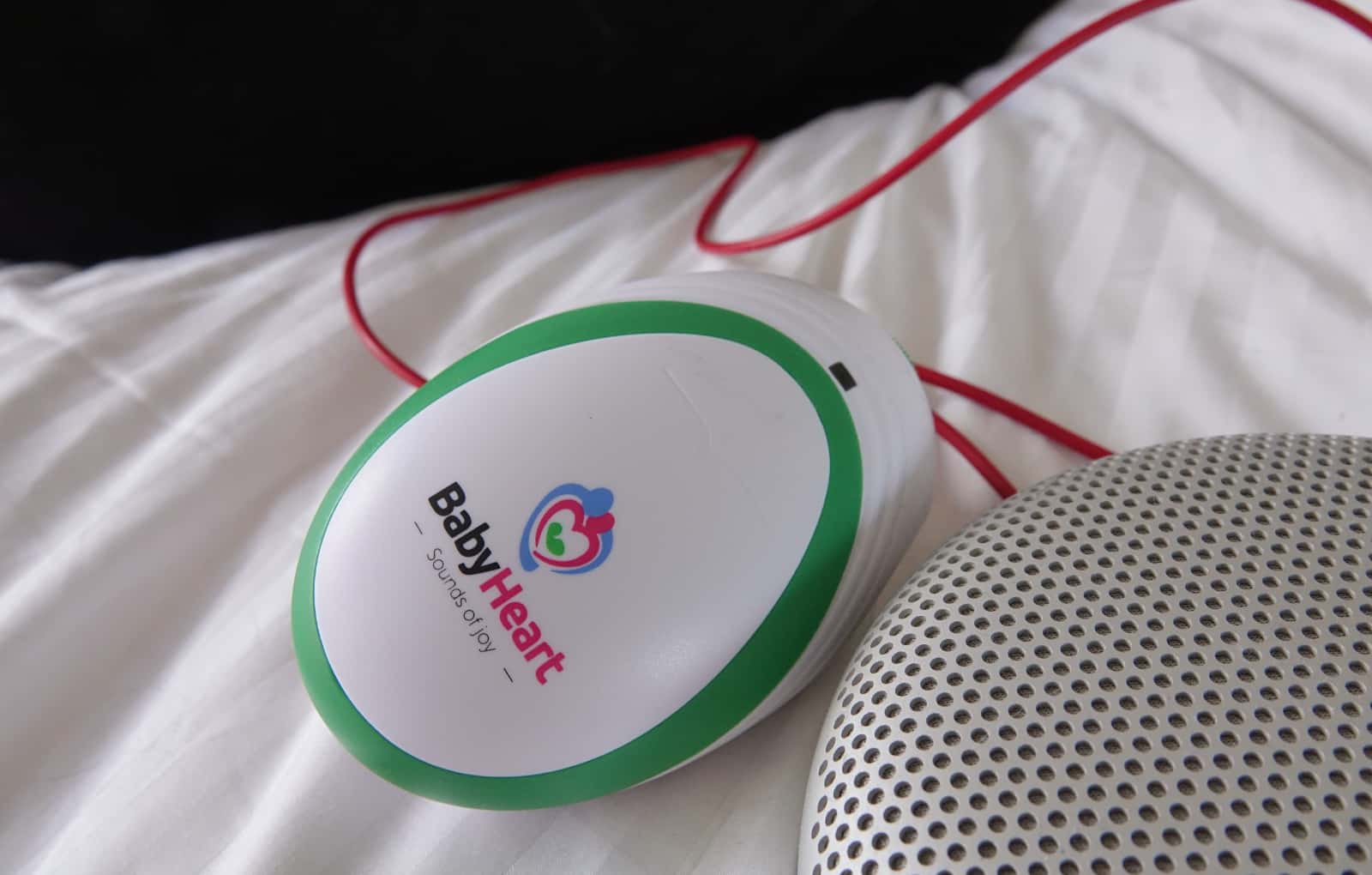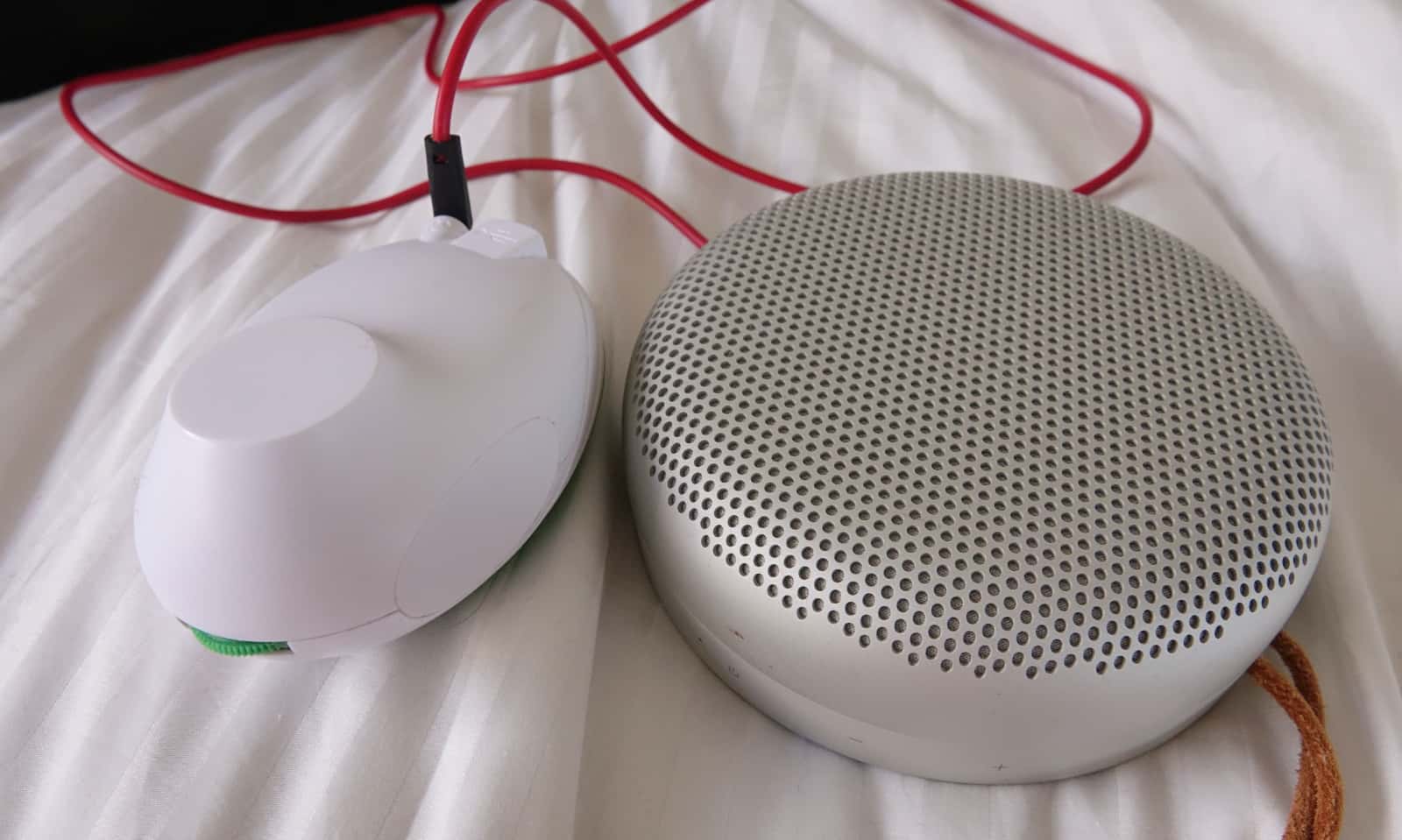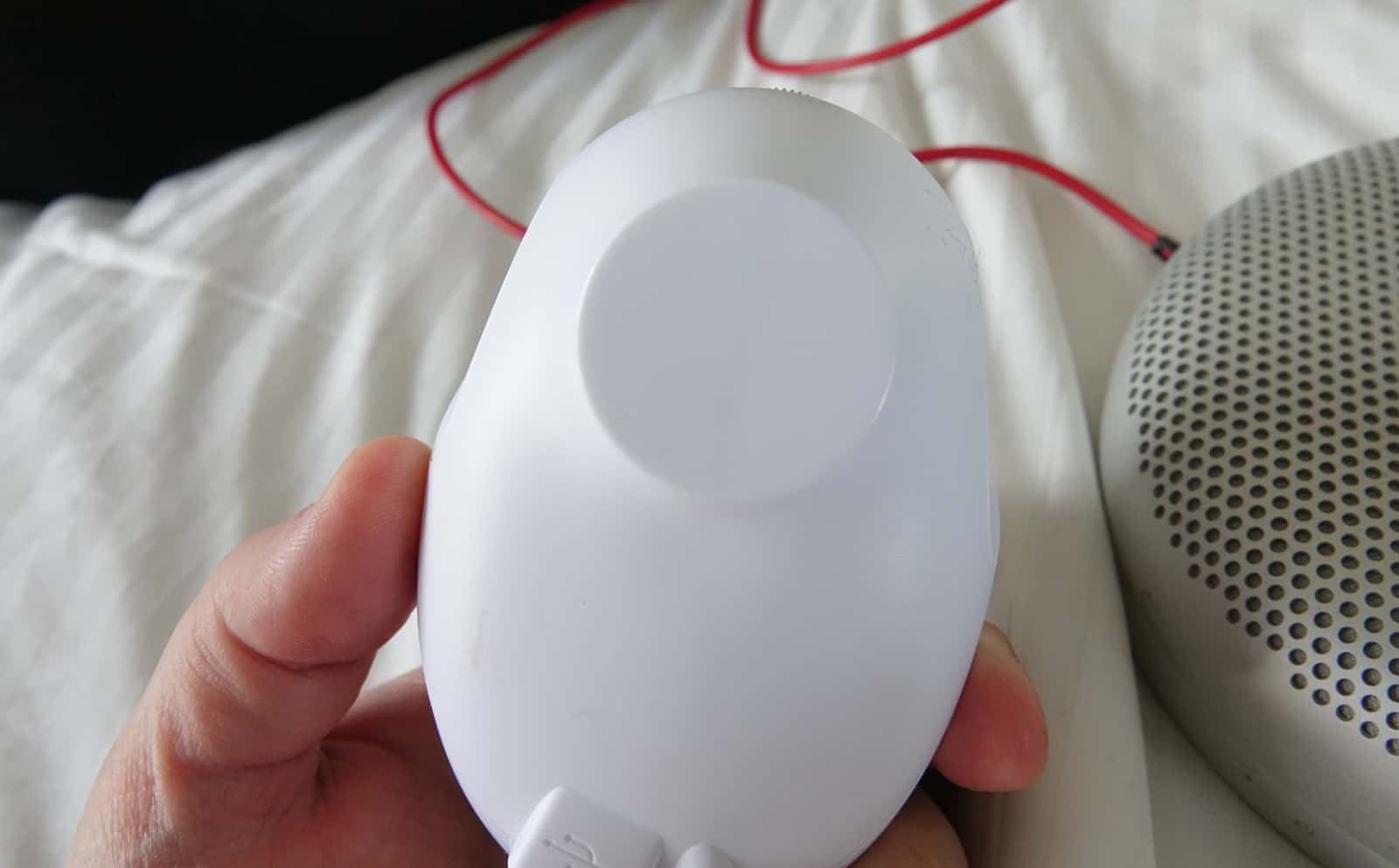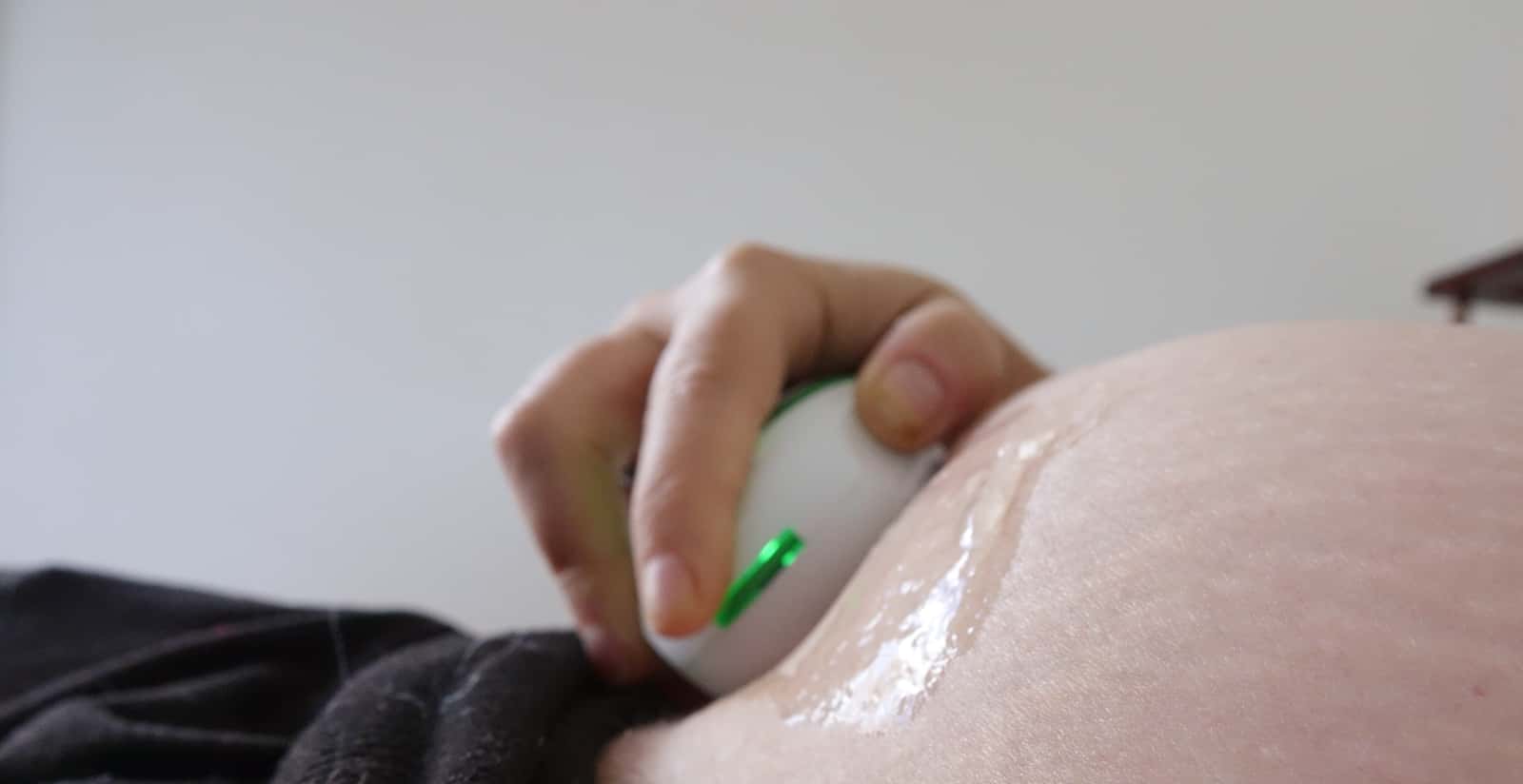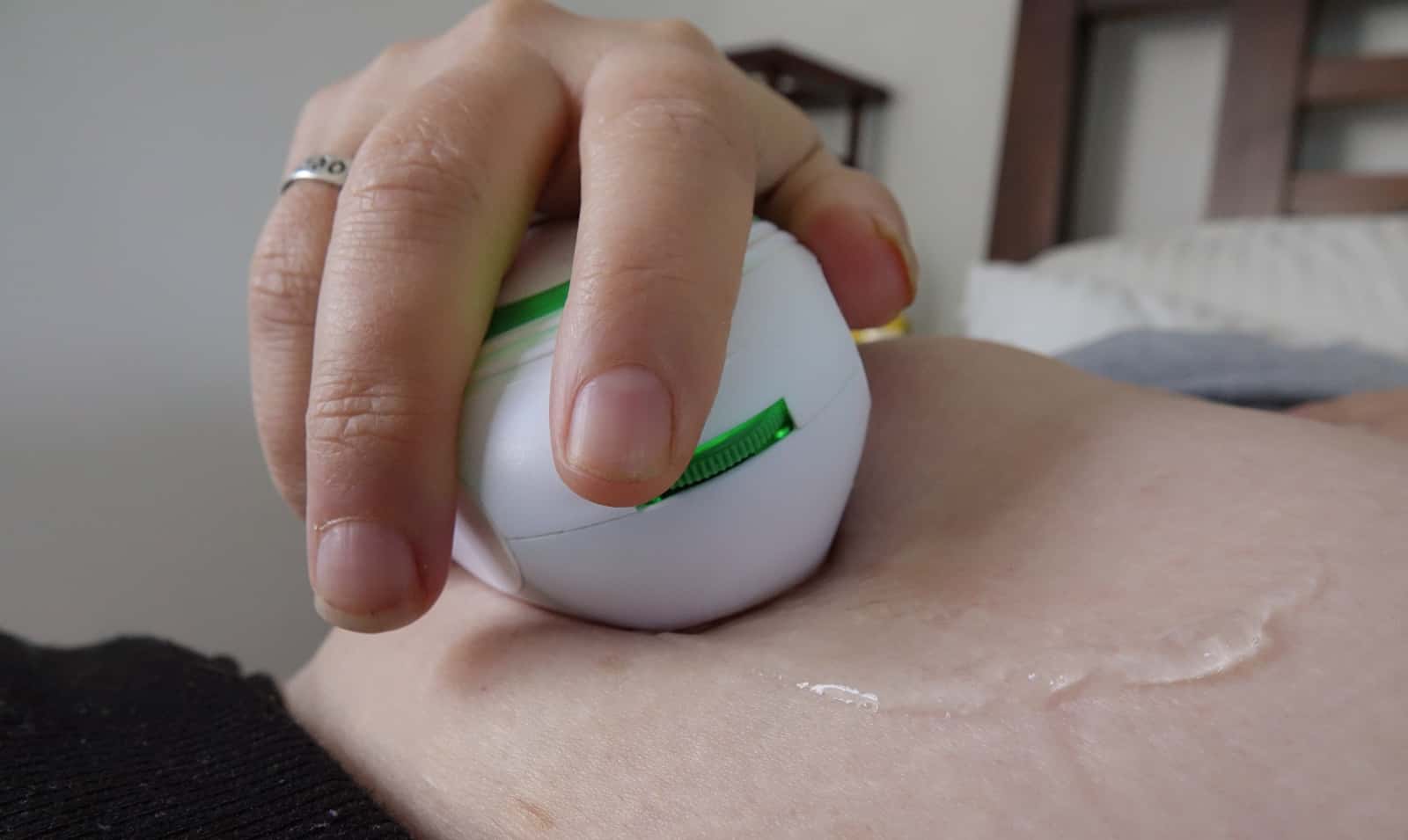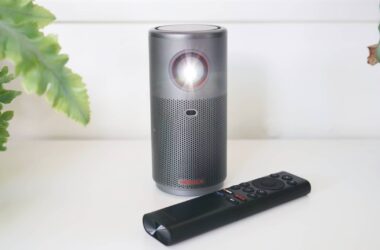Quick review
The good
The not-so-good
Shaped like an egg, the BabyHeart Fetal Doppler Mini can let you hear your bub before they’re in your arms, and you might even record it, too.
The miracle of life is something scientifically breathtaking and amazing, and whether you’re experience it for the first time or for the second, third, fourth, and so on, it’s still just as amazing every time it comes around.
But it is a wait. It’s a good nine months before you’ll see that little one enter your lives, changing them forever.
Throughout that time, you’ll get yourself familiar with the never ending spend that is being a parent, running your personal wealth on clothes, dummies, nappies, a change bin, a pram, bed, sheets, toys, books, a car seat, bottles, a bottle warmer, a standard automatic breast pump or one of the new wearable kinds, and so on and so on, all in preparation for the little bundle of joy that is to come.
And you can also use this time to try and hear your little one through mum’s belly, thanks in part to a style of tool found about the place. A type of ultrasound, foetal dopplers aren’t anything new, but they can be brought home, and that’s precisely what the BabyHeart Doppler Mini is, bundling all that baby-hearing awesomeness into a small egg-like gadget that nearly anyone can use.
What is the Fetal Doppler Mini?
One of four doppler products BabyHeart makes, the Fetal Doppler Mini is the smallest and probably the more unusual.
The other models — the standard, advanced, and premium — are all more like what you might expect from your doctor or OB. Essentially, each provides an LCD to monitor heart rate and a speaker to listen, plus features a wand to more directly search for the heartbeat, making them feel like medical-grade devices. They’re not properly medical-grade, but they evoke more of a medical look and feel than the Mini.
The Fetal Doppler Mini is different because it bundles up the doppler sound wave technology in a small handheld egg of a thing without an LCD and without a speaker, all to let you listen beneath the surface of skin and hear a baby’s heartbeat.
What does it do?
Not quite a proper ultrasound but still a form of one, fetal dopplers are also known as “at-home baby heart monitors”, partly because that’s what they do.
Grab one, use some ultrasound gel (BabyHeart ships the Mini with some), and then slowly move the doppler over a pregnant belly to listen for the heart beat of the baby in the belly. It’s a process that can take seconds, but also end up with no results at all, something that’s not necessarily indicative that there’s a problem, but more that it might have turned and isn’t directly accessible.
Granted, you’ll want to be using the doppler from 17 weeks on in a pregnancy and not earlier. Use it too early and it probably won’t work, needing that bub to develop enough for the doppler to do its thing.
It’s worth noting that an at-home ultrasound technology like this is never going to be a replacement for going to an obstetrician and having them check your baby’s health for you. At-home dopplers are a medical device, but medical experts have moved on to full ultrasounds — the type that let you see your child — and this isn’t that. Rather, at-home dopplers are simply about listening to your child’s heartbeat, and even doing that may take time.
Does it do the job?
When you’re able to find the heart rate — or more specifically, your baby’s heart rate — it is an absolute joy. It’s a little like getting the best preview ever, and a sign that the pregnancy is working.
On the BabyHeart Mini, that’ll come through any speaker or pair of headphones of your choosing, which was coincidentally the reason we wanted to try this specific model. While the others include a speaker built in, the Fetal Doppler Mini is the only model in the range with a 3.5mm headset jack, meaning nearly any speaker or pair of headphones is compatible, and also meant we could plug it directly into a sound recording source if we wanted.
“Boom-boom-boom-boom-boom,” the little heart pumps through the system, like a baby horse galloping to your own feels. “Boom-boom-boom-boom.”
Testing it with a Bang & Olufsen A1 speaker, it’s a bit of opulence for what some might regard as a modern miracle: hearing your child’s heartbeat at home without having to pile in the car and see your OB. But it’s one that comes with the occasional dab of mental anguish.
What happens if you can’t hear your child’s heartbeat?
If you can’t hear your child’s heartbeat, it’s not necessarily an indication that something is wrong, though your brain can certainly lead you to believe that.
Remember that while foetal dopplers like the BabyHeart Mini are ATAGI approved much like an ECG in an Apple Watch (as they’d need to be to be sold in Australia), they’re no substitute for someone working in the field with actual, genuine expertise and a large medical-grade ultrasound machine.
No at-home consumerised medical gadget is going to give you the complete experience the way an actual trained expert could, and so if you want the actual sense of security that comes with an ultrasound, go to your obstetrician, not to an at-home doppler.
In short, go see a real trained expert with a proper medical grade device if you’re concerned. This isn’t an at-home ultrasound in the way you might think it is, and they just don’t exist. There’s no “app for that”, and no way to buy an ultrasound for your own use unless you happen to also be trained in using one and carrying a few thousand dollars.
Don’t think of the small at-home dopplers like this as a pint-sized version of what your doctor uses. It’s just not the same.
What does it need?
However the BabyHeart Mini Doppler is still a great bit of fun that can help you hear your child when you feel like you need to, when you really just want to connect.
We’re not sure it really needs anything per se, but the sound can fluctuate wildly and doesn’t check itself, meaning it might go really loud to really quiet in mere seconds. That’s not a bad thing necessarily, but it does mean that if you’ve been listening using earphones, it might provide a sudden sensation of being too loud, making a speaker the right approach, rather than the meh-tastic earbuds bundled into the box.
Is it worth your money?
But at $69, the Baby Heart Fetal Doppler Mini seems like an easy gadget for pregnant families to dabble with if they’re at all curious what their baby sounds like in the belly.
On the one hand, it’s peace of mind, though it can also be tinged with concern: in our time during the Fetal Doppler Mini review, we found that picking up on our future child’s heartbeat was an amazing relief, but that the times when it couldn’t — when the bub had shifted out of the scope for the Mini to pick up on — it could also feel concerning.
While technically a medical device, we’d approach the $69 Fetal Doppler Mini more as a bit of medical-connected entertainment: use it to possibly hear your child, not to diagnose your situation.
Yay or nay?
Even with that in mind, it makes the $69 of the Fetal Doppler Mini feel like a worthy investment.
With our first child, this sort of tech wasn’t within reach, and we were living from appointment to appointment, waiting for the chance to see and hear our bub with eager ears and eyes.
Being able to have a small doppler at home changes that slightly in this generation, and has become a bit of a family activity we can all experience, including the future bub.
